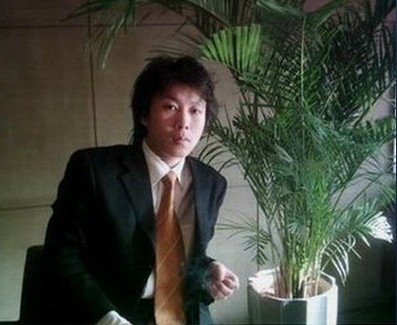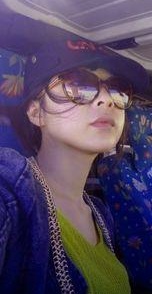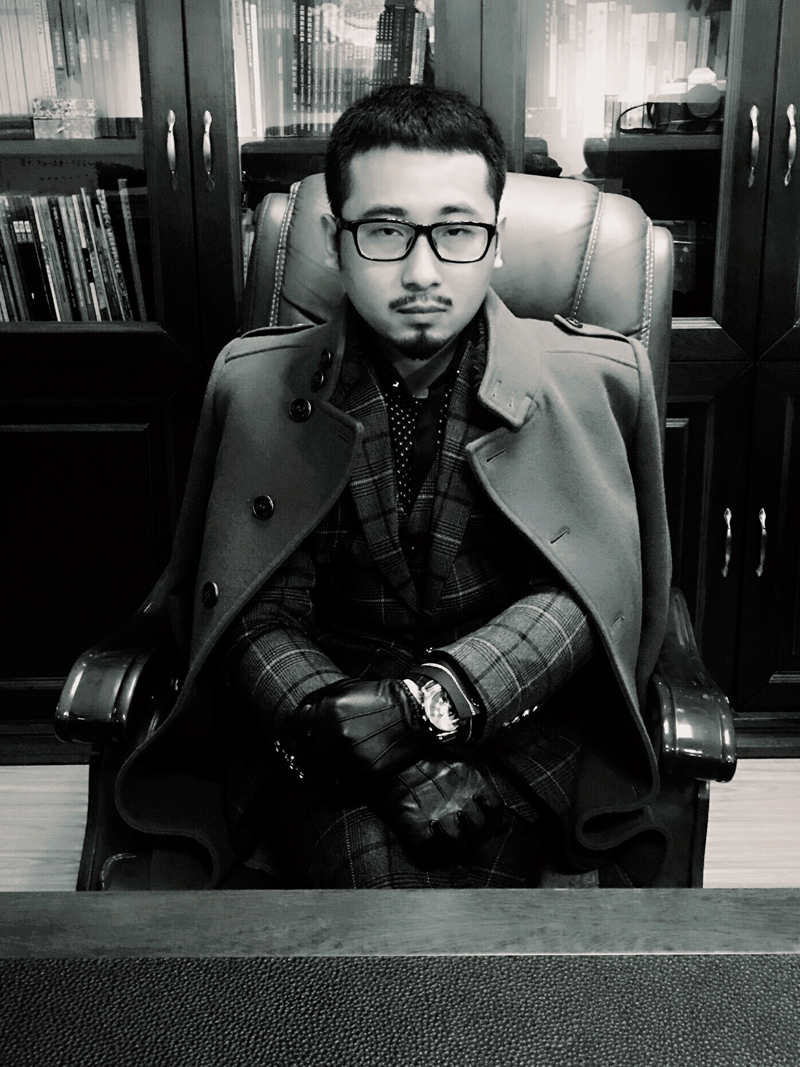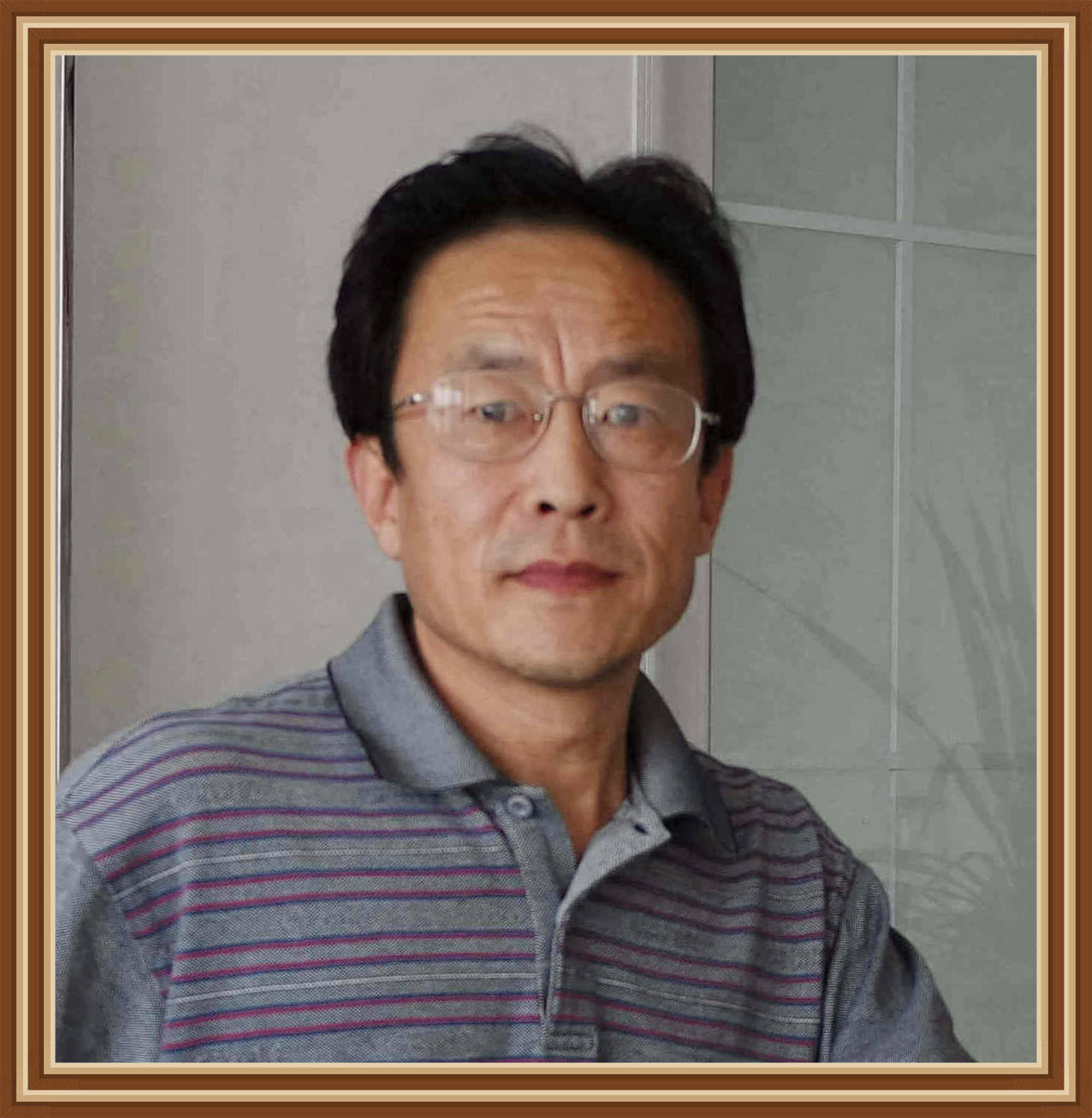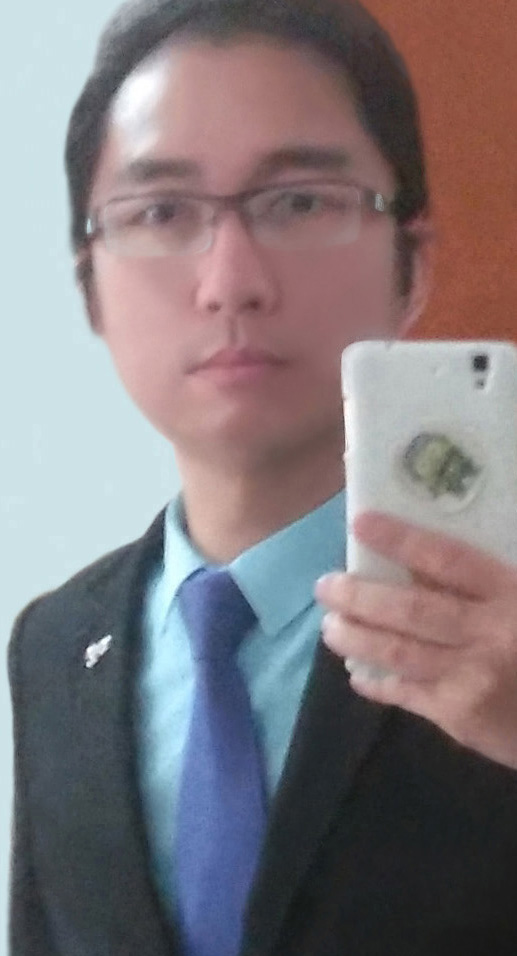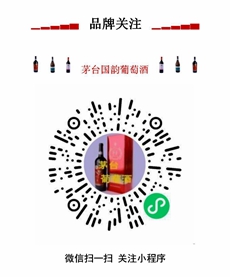展览时间:2021年7月11日-2021年8月9日
开幕时间:2021年7月11日 18:00-20:00
展览机构:弥金画廊
展览地址:上海市愚园路1088弄愚园公共市集202室
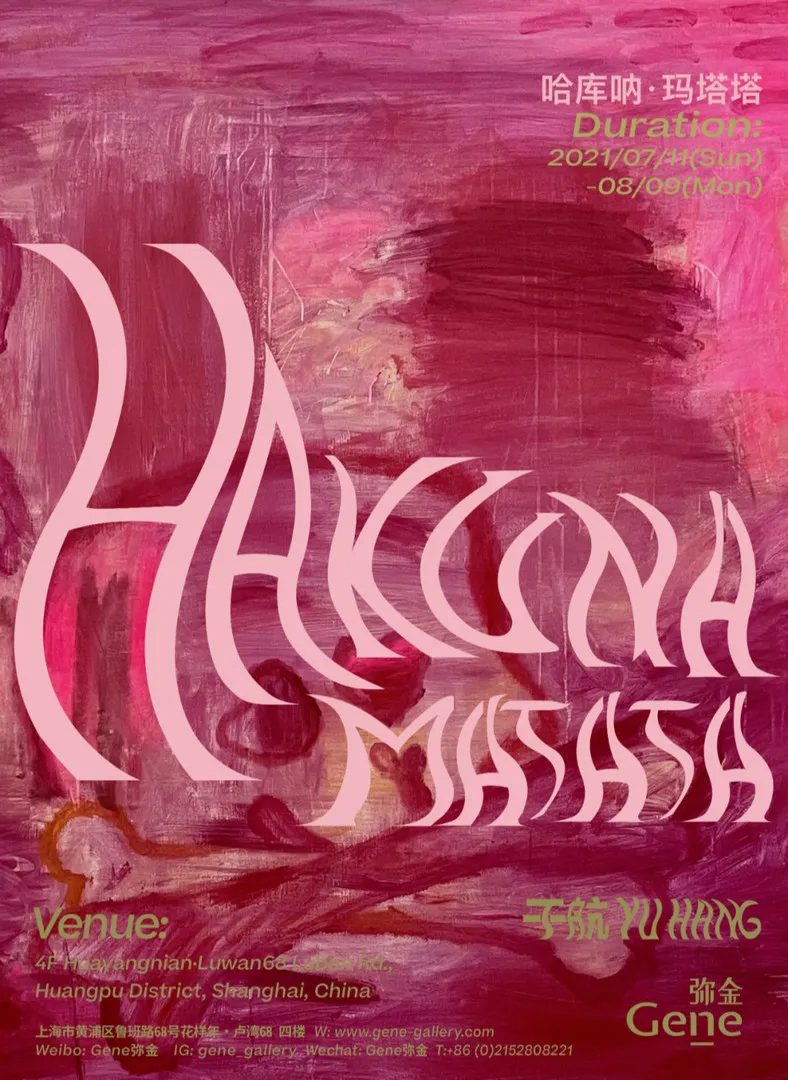
展览海报
展览介绍:
弥金画廊将呈现艺术家于航全新的个人展览《Hakuna Matata》。展期为2021年7月11日至2021年8月9日。
Gene Gallery is pleased to announce Yu Hang’s new solo exhibition, Hakuna Matata, on view from July 11, 2021 - August 9, 2021.
与于航2014-2018年间创作的作品相比,本次展览的十件大型丙烯作品从色彩运用和绘画笔触等方面上均有突破。艺术家一改早期因使用深色而形成的类壁画的视觉效果,转而大量施以明黄、亮粉、天蓝等极高饱和度的颜色。这些明亮绚丽色彩的对撞不仅赋予作品扑面而来的视觉冲击感,而且象征着一种主观的对抗。同时,于航对笔触的运用也愈发成熟。本次展览中,他通过方向各异、疏密不同的笔触,巧妙地织就了十个独特的空间,每个空间中又蕴含着层叠多变的维度,有充满矛盾却又柔软的内心世界,也有悬崖边花瓣随风起舞的奇幻梦境。
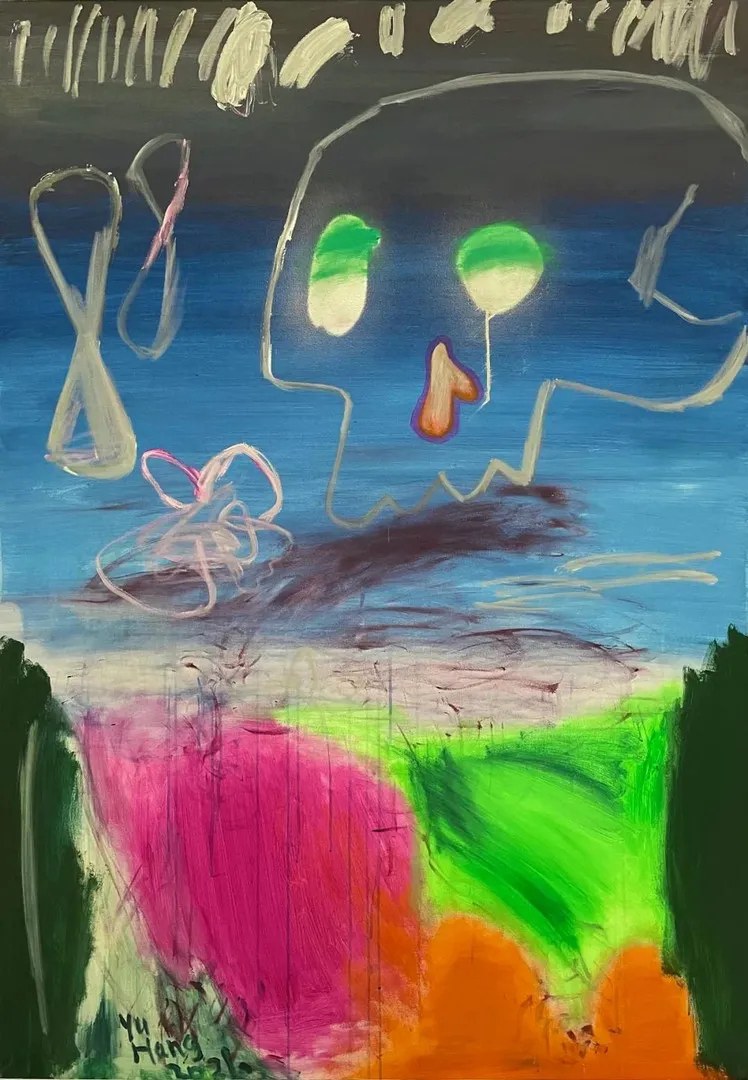
《Asante》于航 200cmx140cm 2021年作 布面丙烯
Comparing to the artworks Yu produced between 2014 and 2018, the ten pieces of acrylic paintings this exhibition features represent a breakthrough in the use of colors and brushstrokes. He replaced the dark, mural-like paintings with extensive use of highly saturated colors, such as bright yellow, hot pink, and sky blue. The collision of these colors grants the works a striking visual effect while signifying a subjective confrontation. Meanwhile, Yu also enhances his use of brushstrokes. Through the various directions and density of the brushstrokes, Yu ingeniously constructs ten unique spaces, each of which contains overlapping layers of dimensions. An ambivalent yet gentle inner world and a fantastical dream with petals dancing in wind are two exceptional examples of these spaces.
展览的名字也标志着于航艺术风格上的一次大胆创新。“Hakuna Matata”源自非洲斯瓦希里语,意为“不用担心”或“没有问题”。本次展出的 十件作品也均以斯瓦西里单词命名,像是给这些混杂着抽象与具象、有形与无形的作品加了一层特殊的密码,致使观者不能通过作品的名字来分析或理解画家的创作意图。但也正因如此,观展的过程变成了一种情绪的揣度和碰撞,观者需要通过画布上留下的色彩、笔触、刮印和符号等一系列的创作痕迹来感受艺术家所要表达的内容。当观者了解到这些名字的中文含义之后也许会发现,每一个名字都与作品所传达的情感高度贴合。于航并不是在描绘某个特定的场景,而是在传递一个个或平静、或欢愉、或凝重、或温暖的瞬间。这些林林总总的情绪是可以冲破语言的壁垒和具象的形状,直达观者的内心,留下阵阵余韵。
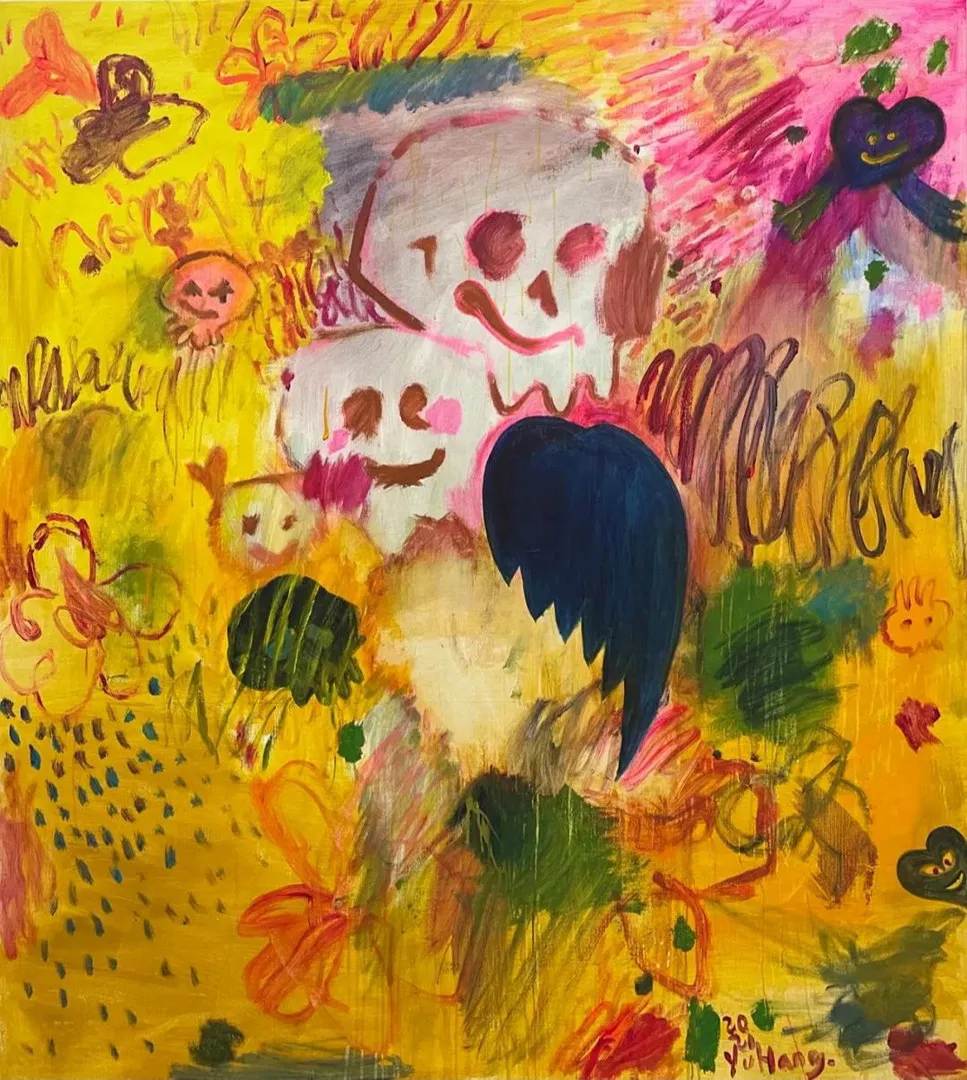
《Furaha》于航 180cmx200cm 2021年作 布面丙烯
The title of the exhibition also symbolizes a bold innovation in Yu’s art. The phrase “Hakuna Matata” in the East African language of Swahili literally means “no trouble,” “no worries,” or “take it easy.” The ten works of art in the exhibition are also endowed with different Swahilian titles respectively. Atop the artworks that mingle abstraction with realism, form with informe (formlessness), Yu’s deliberate use of Swahili, a language that is unfamiliar to the majority of his audience, functions as an intriguing cipher, which hinders the viewer from analyzing the artist’s intention. Interestingly, the cipher-like titles transform the viewing process from a literal interpretation into a conjecture based on individuals’ emotional responses. The audience can only approach the artist’s hidden expressions through meticulously perceiving a series of traces on the canvas, including colors, brushstrokes, scratches, and motifs. As the meanings behind the Swahili words are revealed, one might realize that each chosen title perfectly summarizes the subtle emotion of its corresponding piece. Instead of depicting a specific scene, Yu attempts to present ephemeral moments of tranquility, jubilance, gloominess, or affection. These diverse emotions are capable of transcending linguistic barriers and figurative forms, reaching the heart of the audience with lingering impressions.

